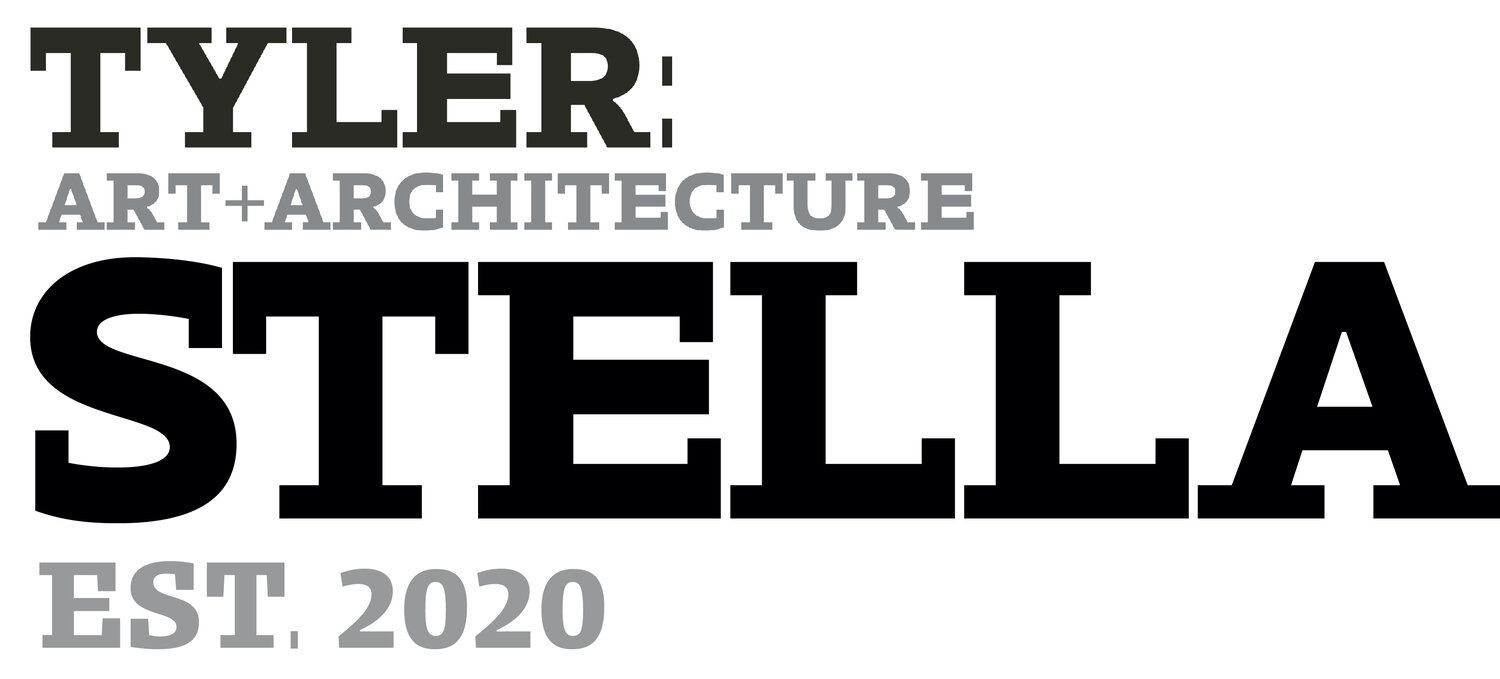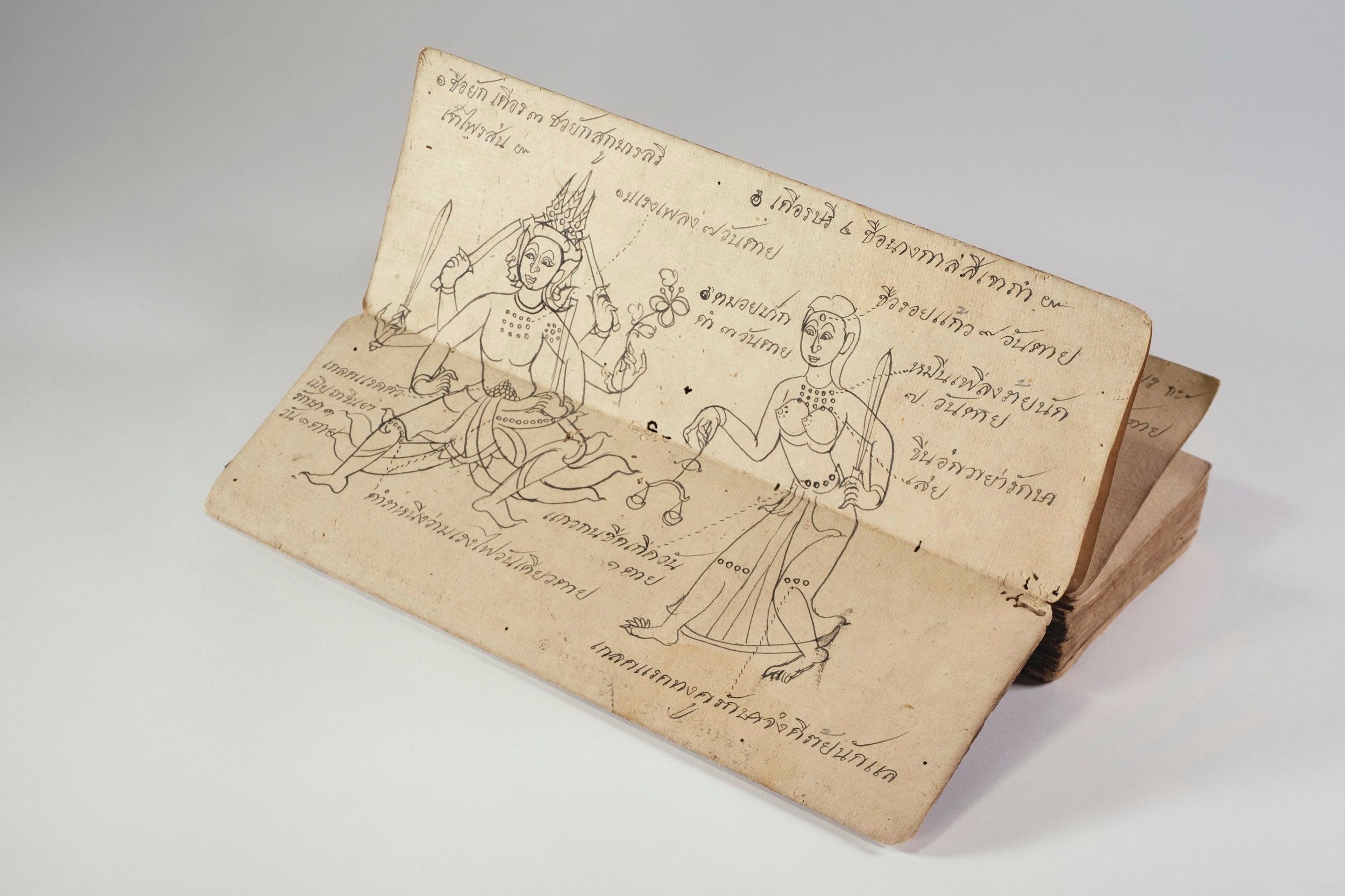Visualizing Science
The production of texts and images is central to investigations of the natural world. But the process of visualizing observed phenomena in order to synthesize them into scientific theory is not straightforward. Rather than direct, uncomplicated representations of reality, scientific images are constructed, informed by the cultural beliefs, values, and practices of those producing them. In this way, they are not so different from artistic representations, and the interplay between science and aesthetic considerations is part and parcel of the making and interpreting of scientific knowledge. Varied in the time and place of their writing and publication, the books in this section nevertheless all negotiate this central tension in human efforts to make sense of our environment. The representational strategies that art makes available to science thus leave their mark on these pages, and in our understanding of their contents.
Ana Matisse Donefer-Hickie





